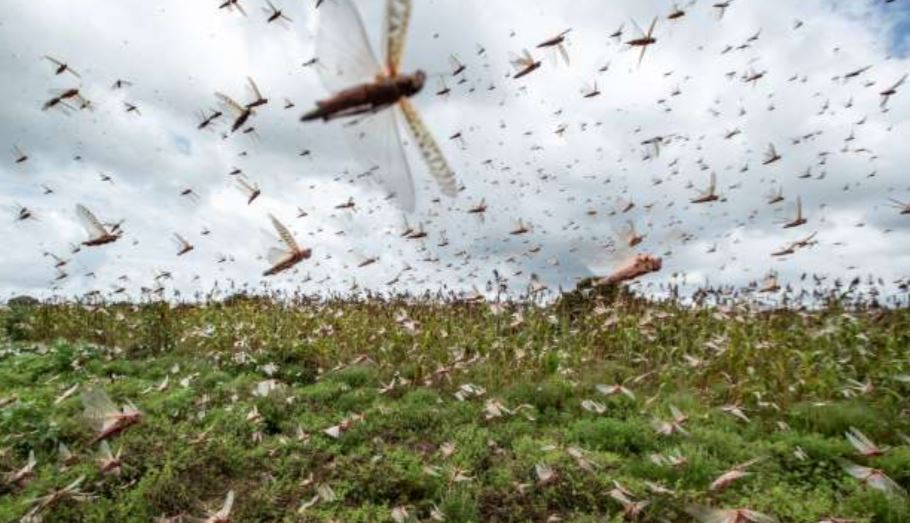
This is according to experts who predict that the new swarms, descendants of the first generation, will hatch in May.
“The first generation of locusts is now breeding, they’ve laid their eggs; they’ll be hatching into nymphs and hoppers,” Food and Agriculture Organisation (FAO) representative to Kenya Tobias Takavarasha told Thomson Reuters Foundation News.
“So this is the time to harness or control them before they start flying or before they start to affect the coming planting season.”
Scientists further warned that the swarms in East Africa will be 400 times bigger by June if successive generations are not eliminated.
Worse still, FAO indicated that the rains that fell late last month could boost the breeding of the desert locusts.
At the moment, new swarms and hopper bands are forming in Somalia, Ethiopia and Kenya, with the Desert Locust Control Organisation for Eastern Africa (DLCO-EA) warning that new swarms, particularly from Somalia, could soon enter Kenya.
The scientists warned Kenya could be worst hit, with more first-generation immature swarms also forming throughout the northern and central counties.
They are expected to lay eggs from within the coming week and continue to May. This reproduction coincides with the onset of the long rains(planting season) thus posing a big threat to the regions’ food security.
DLCO-EA director Stephen Njoka assured they are doing all they can to have the situation under control.
“The country remains under threat as long as the locusts are not controlled in the Horn of Africa region, where new swarms are continually forming,” said Dr Njoka.






